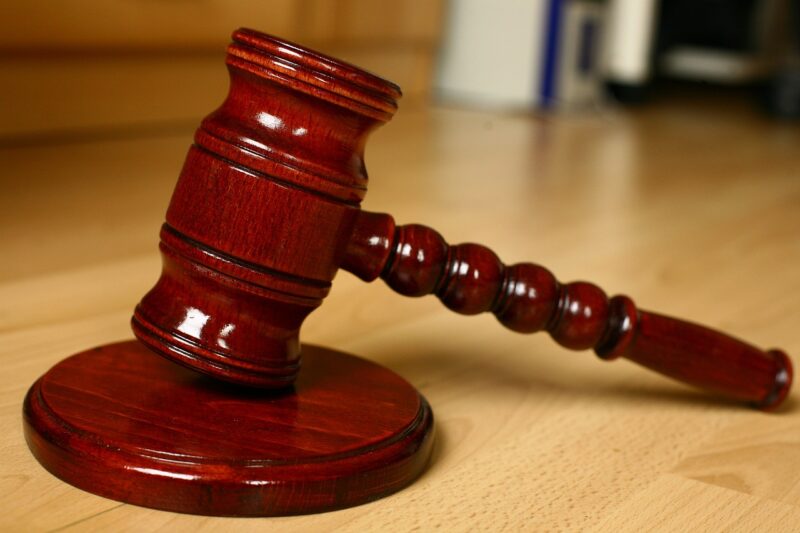The Basics of Criminal Justice: How the Legal System Handles Crime
November 10, 2024

Criminal justice is a complex system that encompasses various components, including law enforcement, the judiciary, and corrections. Understanding how this system operates is essential for grasping how society addresses crime and maintains order. Whether you’re a student, a professional in the field, or simply a curious individual, this article aims to provide a comprehensive overview of the foundations of criminal justice and how the legal system effectively handles crime.
1. What is Criminal Justice?
Criminal justice is the multifaceted process by which crimes are detected, prosecuted, and punished. The goal of criminal justice is not only to deter crime but to ensure public safety and protect the rights of individuals. The system operates through three primary branches:
- Law Enforcement: These are the agencies responsible for maintaining public order, enforcing laws, and investigating crimes. This includes local police departments, state troopers, and federal agencies like the FBI.
- Judiciary: The court system that adjudicates criminal cases, ensuring justice is served in accordance with the law. This encompasses trial courts, appeal courts, and special courts (like juvenile or family courts).
- Corrections: Institutions and programs that manage offenders, including jails, prisons, probation, and parole systems. Corrections focuses on rehabilitating offenders, reducing recidivism, and reintegrating them into society.
These components work together to create a functioning system, each playing an integral role in preventing crime and administering justice.
2. The Role of Law Enforcement
Law enforcement is often the public’s first contact with the criminal justice system. Officers are tasked with various duties, including:
- Responding to emergency calls and reports of criminal activity.
- Conducting investigations to gather evidence and identify suspects.
- Making arrests and processing suspects through the legal system.
- Engaging with the community to promote public safety and gain trust.
Law enforcement holds significant power; hence, they are also held accountable through various mechanisms like police oversight boards and community relations. Their conduct and policies directly influence public perceptions of the criminal justice system, which can affect crime reporting and community engagement.
3. The Judicial Process
Once law enforcement has completed an investigation and made an arrest, the case moves to the judicial system. Here’s how it typically flows:
- Charging: The prosecutor reviews evidence and decides whether to file charges against the suspect. This decision can be influenced by the severity of the crime, evidence reliability, and public interest.
- Arraignment: The suspect appears in court to hear the charges. They may enter a plea of guilty, not guilty, or no contest. This is also when bond conditions are set, and further court dates are scheduled.
- Trial: If the case is not resolved through a plea bargain, it progresses to trial. Here, the prosecution and defense present evidence and arguments. A judge or jury determines the outcome, and a verdict is rendered.
- Sentencing: If found guilty, the offender is sentenced. Sentences can range from fines and probation to imprisonment or even capital punishment, depending on the crime’s severity.
- Appeals: After the verdict, the convicted individual may appeal the decision if they believe there were errors made during the trial process, seeking to overturn or reduce their sentence.
This judicial process illustrates the balancing act between upholding the rule of law, ensuring defendants receive fair trials, and serving justice to victims and society at large.
4. Corrections and Rehabilitation
The corrections component focuses on managing individuals who have been convicted of crimes, aiming to rehabilitate them and reduce the likelihood of reoffending. Corrections includes:
- Prisons: Facilities designed to incarcerate individuals convicted of serious crimes. Prisons operate on a more secure level than jails and often offer programs aimed at rehabilitation and education.
- Jails: Local facilities that generally hold individuals awaiting trial or serving short sentences (usually less than a year).
- Probation and Parole: Alternative forms of punishment that allow offenders to serve their sentences within the community under supervised conditions. Successful completion can lead to reduced sentences and improved reintegration into society.
Rehabilitation is critical in the corrections process, as studies show that rehabilitative programs can reduce recidivism rates significantly. Providing education, vocational training, and therapy can help offenders reintegrate successfully into their communities.
5. The Impact of Criminal Justice Policies
The policies and practices that govern the criminal justice system influence how crime is addressed and how justice is administered. Key factors that affect criminal justice include:
- Sentencing Laws: Mandatory minimum sentences and three-strike laws often lead to longer incarcerations and contribute to overcrowded prison systems.
- Community Policing: Approaches that foster relationships between law enforcement and communities can improve trust and reduce crime rates.
- Restorative Justice: This approach emphasizes repairing the harm caused by criminal behavior through victim-offender mediation and community involvement, offering a different perspective on accountability and justice.
- Decriminalization and Legalization: Changes in societal attitudes towards certain behaviors, like drug use, lead to shifts in how laws are applied, impacting arrests and incarcerations significantly.
These policies must be constantly evaluated for effectiveness, fairness, and their broader societal impacts. Aiming for a just and equitable system entails continuous refinement of criminal justice practices.
Conclusion
The criminal justice system is a vital aspect of societal governance, anchoring our commitment to law and order. Understanding the basics of this system — from law enforcement and the judicial process to corrections — unveils the intricate workings that uphold justice. Policymakers have a crucial responsibility to ensure this system operates fairly and effectively, while citizens must remain informed about these processes to advocate for meaningful reforms. Ultimately, a well-functioning criminal justice system nurtures public trust and makes our communities safer, paving the way for a more just society.







